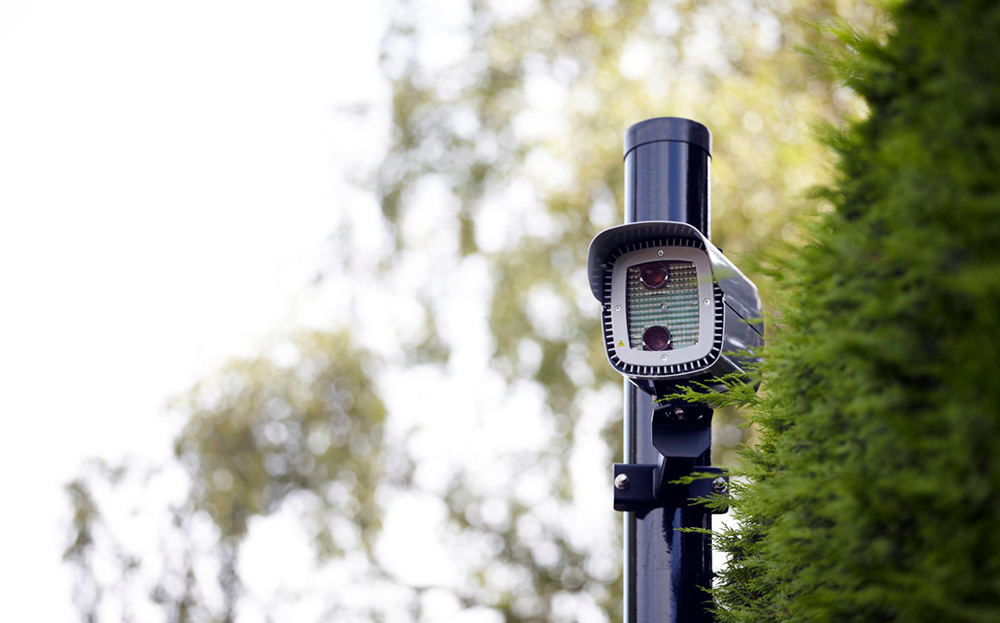New road markings mean slow down for average-speed traps
Mostly found in 40 and 50mph zones

YOU KNOW average-speed cameras are here to stay when they get their own special road markings. Drivers will soon start to see distinctive shapes appearing on main roads across the country indicating that cars are entering an average-speed measuring zone.
Click to read car REVIEWS or search NEW or USED cars for sale on driving.co.uk
The white lines, which resemble an upside-down “L” in the centre of the lane, are part of a speed camera system called SafeZone, made by the German company Siemens. The technology is replacing traditional Gatso cameras and the telltale parallel white lines that they use for calibration.
The new markings have so far been appearing in Dorset and around London on the A2, A40 and North Circular. They indicate the point at which a vehicle’s average speed starts to be measured. Cameras take an image of the vehicle and the exact time that it passes the markings. Another is captured when the vehicle leaves the monitoring zone, which can be several miles up the road. The distance between the white markings and the timings are used to calculate the average speed, and to decide whether a speeding ticket should be issued.
Average-speed cameras are increasingly being installed on the road network as local authorities replace Gatso cameras that use film. Converting them to digital costs about £36,000 a camera. Average-speed cameras can be £10,000 cheaper per device.
Siemens said average-speed zones were typically being set up on faster roads with 40mph or 50mph speed limits, as these tended to have fewer junctions, which increase the number of cameras needed.
Not all average-speed cameras need road markings. Vysionics, which makes the Specs cameras used on motorways, says its devices don’t need white lines. “Markings could encourage drivers to avoid that location or brake suddenly, which is exactly what you want to avoid,” it said.




